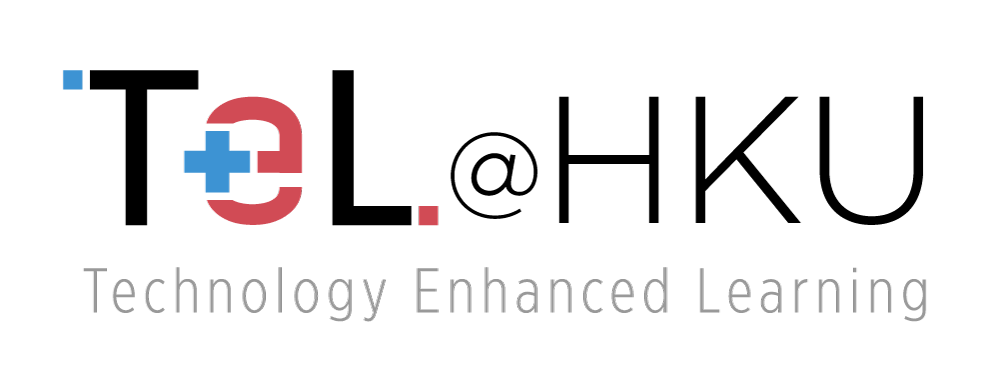Effective E-Learning Tools for In-Person, Online, and Hybrid Delivery
In-person courses involve face-to-face interaction between teachers and students. Maintaining student interest and motivation in a physical classroom can be challenging. To capture student attention, promote engagement, and gauge understanding in real-time, teachers may use mobile audience response systems such as Mentimeter, Poll Everywhere and Moodle Choice/Feedback. For more complex responses, interactive whiteboards like Miro can be beneficial, enabling students to collaborate with peers and engage with the content in various ways. These tools support active learning, problem-solving, and critical thinking, which are essential components of effective instruction.
Online delivery is teaching conducted through digital platforms, with minimal or no face-to-face interaction. Creating a sense of connection in an online environment can significantly impact the learning experience. Online discussion tools like Piazza or Moodle forums facilitate asynchronous communication among students and instructors. Collaboration tools such as Google Workspace and Microsoft Office 365 enable students to work on group projects, share documents, and communicate in real-time.
Hybrid delivery, such as instructions during Collaborative Online International Learning (COIL), combines in-person and online learning simultaneously. This teaching approach requires flexibility and adaptability. In particular, instructors should consider adapting in-person activities, like role play and group exercises, for remote learners. Additionally, continuous assessment of student progress is crucial for making necessary adjustments based on feedback from both in-class and remote students.
Integrating New Technologies into Your Course Smoothly
Incorporating cutting-edge learning technologies, such as Augmented Reality (AR), Virtual Reality (VR), and Artificial Intelligence (AI), can enhance the learning experience and engage students in innovative ways. For example, VR can offer immersive experiences difficult to replicate in classroom settings, while AI can provide personalized learning pathways. However, new technologies may present learning curves for both teachers and students. To ensure a smooth transition, you can integrate these technologies into small and ungraded learning activities, allowing students to familiarize themselves with the tools in a relaxed environment. Teachers should also identify and address any technical or pedagogical issues before implementing them on a larger scale.
Course delivery can be fun yet challenging. The teaching support teams in HKU provide advice and guidance to support the delivery of face-to-face, online, and hybrid teaching and learning primarily through TALIC, HKU Libraries, and ITS. The types of support available include pre-lesson training, consultations and tool recommendations.
Enjoy your teaching journey!
Further Readings
- Anthony, B., Kamaludin, A., Romli, A., Raffei, A. F. M., Phon, D. N. A. E., Abdullah, A., & Ming, G. L. (2022). Blended learning adoption and implementation in higher education: A theoretical and systematic review. Technology, Knowledge and Learning, 1-48.
- Castro, M. D. B., & Tumibay, G. M. (2021). A literature review: Efficacy of online learning courses for higher education institution using meta-analysis. Education and Information Technologies, 26, 1367-1385.



